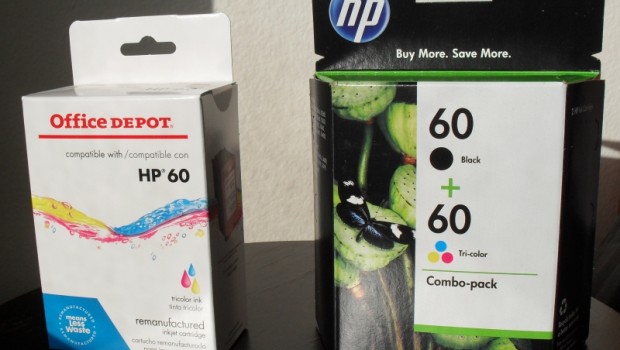The Environmental Benefits of Remanufacturing Printer Cartridges
A multi-sectorial initiative called Solving the E-Waste Problem (StEP) paints a grim picture about the global problem of electronic waste. The initiative, hosted by the United Nations University, published a report which revealed that by 2017, the total volume of electronic waste produced in the world would reach 65.4 million tons per year.
If one were to put all the discarded televisions, laptop computers, smartphones, tablets, and other electronic goods on 40-ton trucks and lined them up lengthwise, this amount of e-waste would be able to fill up a line of trucks enough to stretch across three quarters of the world’s circumference. 65.4 million tons of e-waste is also roughly equivalent to the combined weight of about 200 Empire State Buildings.
E-waste is just one facet of the pollution problem that humanity is currently facing. On top of the pollution produced by such products, there are also various other kinds of atmospheric pollutants, water pollutants, and solid waste materials that we have to deal with. It’s a perfect recipe for a dystopian future brought about by our lust for commodities and our unsustainable use of the world’s limited resources.
E-waste and the printing industry
The e-waste problem is fueled in part by the rapid obsolescence of modern electronic and technological products. Nowadays, consumers can consider themselves lucky if products like their smartphones or tablets last more than 5 years without them experiencing significant performance problems or without the products’ hardware breaking down altogether.
Other products like printers, on the other hand, add another layer to the e-waste problem because of the consumers’ need to use consumables like printer cartridges and paper products. Printer cartridges are particularly problematic because of the amount of pollutants that their manufacturing, use, and disposal creates. In the United States alone, it is estimated that 13 used cartridges of popular printers like HP Deskjet 1050 Printer Ink are discarded every second.
Remanufacturing: A smart solution to the printer e-waste problem
Thankfully, there is one promising solution that could result in a significant reduction in the volume of pollutants related to printer cartridges. This solution is remanufacturing, a recycling process that involves the complete, state-of-the-art cleaning, drying, refilling, and resealing of empty cartridge shells so that they can be reused over and over again. Remanufactured cartridges are usually sold by third-party companies instead of original equipment manufacturers (OEMs).
It is estimated that around 400,000 tons of metal and plastic can be eliminated from the waste stream every year if cartridge remanufacturing becomes standard industry practice. Furthermore, about a gallon of petroleum can be saved for every printer cartridge that is remanufactured.
Maryland-based non-profit organization Earth Share notes that some 97% of the materials used to manufacture printer cartridges are completely recyclable, which is very good, considering that it can take more than a thousand years before these objects decompose completely.
Some people might be concerned about remanufactured cartridges’ performance and quality, but even American government agencies like the Environmental Protection Agency (EPA), the U.S. General Services Administration, and Office of the Federal Environmental Executive recommend using these products.
Take note that high-quality remanufactured cartridges are not the same as cartridges that have been refilled using refill kits or those that receive refills from quick refill shops. These refilling methods are rudimentary at best, so they might not be able to provide you with the level of quality and performance that you would expect from OEM and remanufactured variants. To avoid such problems, make sure that you buy your remanufactured cartridges only from reputable companies.
















